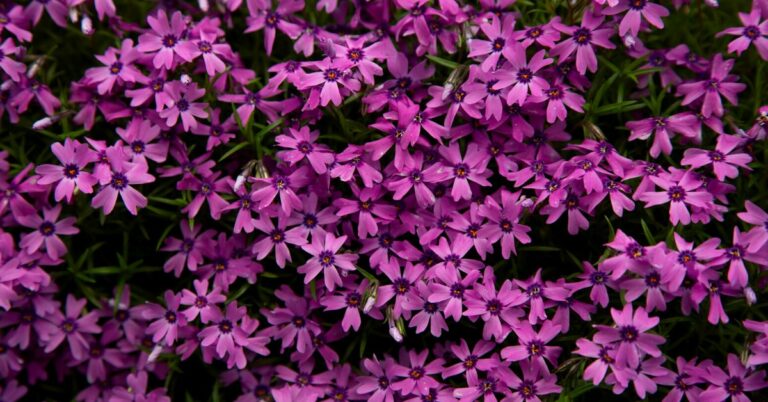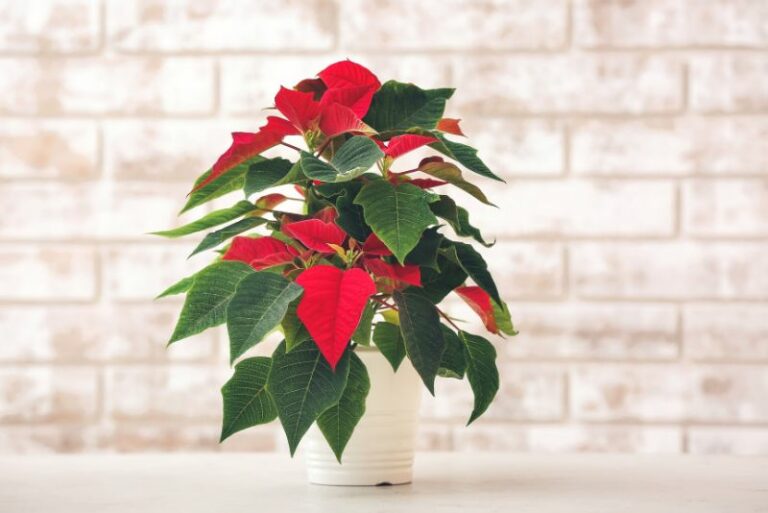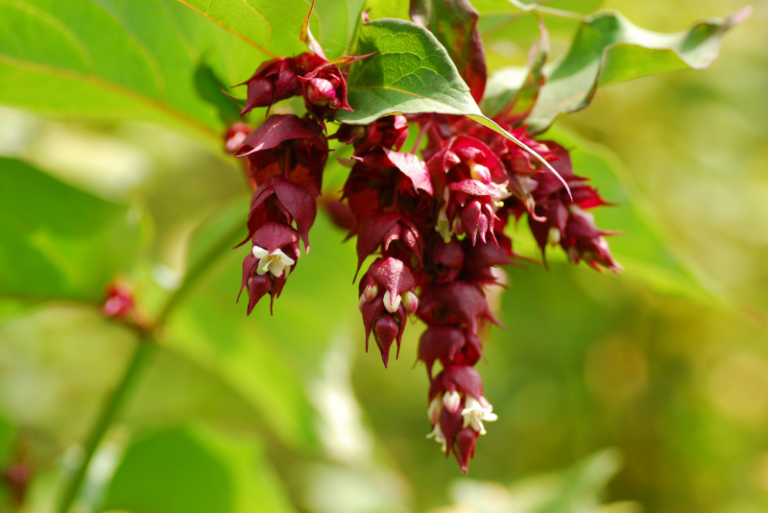Do Chrysanthemums Prefer Full Sun, Partial Shade, or Full Shade?
Chrysanthemums, also known as mums, are popular flowers that add vibrant colors to gardens and indoor spaces. They come in a variety of shapes, sizes, and colors, making them a favorite among gardeners. However, one common question asked by many gardeners is about the sunlight requirements for chrysanthemums. Do these beautiful flowers prefer full sun, partial shade, or full shade? In this article, we will explore the different sunlight requirements for chrysanthemums and help you determine the best conditions to grow these stunning flowers.
Understanding Chrysanthemum Sunlight Requirements

Before we dive into the specific sunlight preferences of chrysanthemums, it is important to understand their natural habitat and how it affects their growth. Chrysanthemums originated in Asia and are often found growing in areas with a temperate climate. In their natural habitat, they grow under full sun exposure, receiving around six to eight hours of sunlight per day.
However, as these flowers have been cultivated for centuries, different varieties have developed varying levels of tolerance to sunlight. Some may prefer full sun, while others may thrive better in partial or even full shade. Therefore, it is crucial to know the specific sunlight requirements of the chrysanthemum variety you wish to grow.
Full Sun for Chrysanthemums
As mentioned earlier, chrysanthemums are naturally accustomed to growing under full sun exposure. This means they require at least six hours of direct sunlight per day. If you live in an area with a cooler climate, full sun is highly recommended for your chrysanthemums.
Full sun ensures that the plant receives enough light to produce vibrant and healthy blooms. It also helps in preventing diseases and pests that thrive in shady and damp conditions. However, it is important to note that too much direct sunlight can also be harmful to chrysanthemums. Make sure to provide some shade during the hottest part of the day, especially if you live in an area with a warmer climate.
Partial Shade for Chrysanthemums
Partial shade refers to areas that receive around three to six hours of sunlight per day. If you live in an area with a hot climate, providing partial shade to your chrysanthemums can help protect them from intense sunlight and heat. This is especially important for delicate or young plants that may not be able to withstand long hours of direct sunlight.
Partial shade can also benefit chrysanthemums growing in containers or hanging baskets, as they tend to dry out quickly under full sun exposure. By providing partial shade, you can help keep the soil moist and prevent your plants from withering.
Full Shade for Chrysanthemums
Full shade refers to areas that receive less than three hours of direct sunlight per day. While chrysanthemums require some amount of sunlight to grow and bloom, there are a few varieties that can tolerate full shade. These are typically the varieties with darker colored blooms, such as deep red or purple mums.
If you have a shaded garden or indoor space, do some research on shade-tolerant chrysanthemum varieties that would work well in those conditions. Keep in mind that even full shade plants require some indirect sunlight to thrive, so make sure they receive at least some natural light throughout the day.
Tips for Growing Chrysanthemums in Different Sunlight Conditions
Regardless of the sunlight preference of your chrysanthemum variety, there are a few general tips that can help you grow healthier and more vibrant flowers:
- Make sure to water your chrysanthemums regularly, especially during hot and dry weather.
- Use well-draining soil to prevent waterlogging, which can cause root rot and other diseases.
- Fertilize your chrysanthemums regularly, especially during the blooming season, to encourage healthy growth and vibrant blooms.
- Prune your plants regularly to promote better air circulation and prevent overcrowding, which can lead to disease and pest infestations.
Remember, no matter how much sunlight your chrysanthemums require, they all benefit from some form of protection during extreme weather conditions such as intense sunlight or heavy rain. Be sure to monitor your plants and make adjustments accordingly.
Conclusion
In conclusion, the sunlight requirements for chrysanthemums vary depending on the variety you are growing. While some prefer full sun, others thrive better in partial or even full shade. It is important to understand the specific needs of your chrysanthemum plant and provide the appropriate amount of sunlight for it to grow and bloom beautifully. By following the tips mentioned above, you can ensure that your chrysanthemums receive the right balance of light, water, and nutrients, resulting in healthy and colorful flowers for your garden or indoor space.
So go ahead and add these stunning flowers to your collection, and enjoy their beauty throughout the season! So remember, when it comes to chrysanthemums, there is no one-size-fits-all approach. Each variety has its own unique sunlight preferences, and by understanding them, you can ensure that your chrysanthemums thrive in their environment. Happy gardening!






